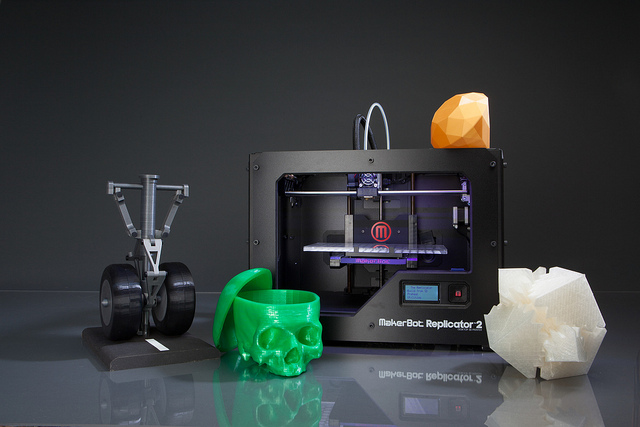When oral surgeons are working in the mouth they use the greater palatine artery as a landmark which is important for them to know to avoid damaging any surrounding nerves. There can be a discrepancy of where the surgeon thinks the palatine artery is and where it actually is by up to around 4 to 5 millimeters. This discrepancy is enough to lead to complications and injuries while the surgeon is working in the mouth area. One such complication that could occur is that the greater palatine artery is severed and significant bleeding occurs (hemorrhaging). The greater palatine nerve is also very close to the greater palatine artery and damaging this nerve can lead to potential permanent loss of feeling in parts of the mouth.
As a result, oral surgeons tend to avoid any possible locations around where the greater palatine artery could be. This presents an opportunity to make a device capable of determining the location of the foramen and artery in a patient in real time during surgery. Traditionally ultrasound and x-rays have been used. Such surgeries that could benefit include periodontal and oral surgeries, dental implants, greater palatine nerve block, sinus and ridge augmentations, soft tissue biopsies, and of course wisdom teeth removal.
Researchers affiliated with Purdue University have created a start-up called Starfish Engineering LLC that has developed a way to map arteries and lesions in the roof of a person’s mouth using light. The process uses optical imaging to locate the greater palatine artery and lesions. It works by first shining a bright LED at the roof of the mouth and then a camera like system captures the light that comes back. Next the optical imaging approach uses a computer algorithm to create a 3-D map that the oral surgeon can use by being displayed on a computer or mobile device. The team utilizes an understanding that the light that interacts with the greater palatine artery will be absorbed more than the light that interacts with the background tissue. This allows for an exact location of the greater palatine artery to be generated. This approach has potential to help reduce complications and improve outcomes in oral surgeries. It also can be useful in locating any bleeding.
The team believes their approach is portable and less expensive than current imaging methods. They also wanted to create a real time approach for use during surgery. Therefore, the team has also developed a method to use 3D printers to create medical phantoms with optical properties that match those of biological tissues. Such phantoms can be made using injection molding. The information from the 3D map that is generated can be used to create printed surgical guides that can be placed on the roof of the mouth to help during surgery. The surgical guide fastens onto the patient’s mouth and covers the area directly above the greater palatine artery. As such the surgical guide allows for a surgeon to avoid the area of the palatine artery during surgery.

Sources
1.) Kylie Veleta, “Starfish Engineering Aims to Improve Oral Surgeries,” Inside Indiana Business, Published May 31, 2018, Updated June 4, 2018, http://www.insideindianabusiness.com/story/38316713/starfish-engineering-aims-to-improve-oral-surgeries
2.) Brian Bentz, “Mapping arteries could help avoid complications and improve outcomes in oral surgeries,” Purdue University, April 10, 2018, https://www.purdue.edu/newsroom/releases/2018/Q2/mapping-arteries-could-help-avoid-complications-and-improve-outcomes-in-oral-surgeries.html
3.) Brian Bentz, “Improving the quality of medical imaging and improving diagnostics are at the heart of Bentz’s work,” Purdue University, August 29, 2018,
https://www.purdue.edu/newsroom/releases/2018/Q3/improving-the-quality-of-medical-imaging-and-improving-diagnostics-are-at-the-heart-of-bentz-work.html
